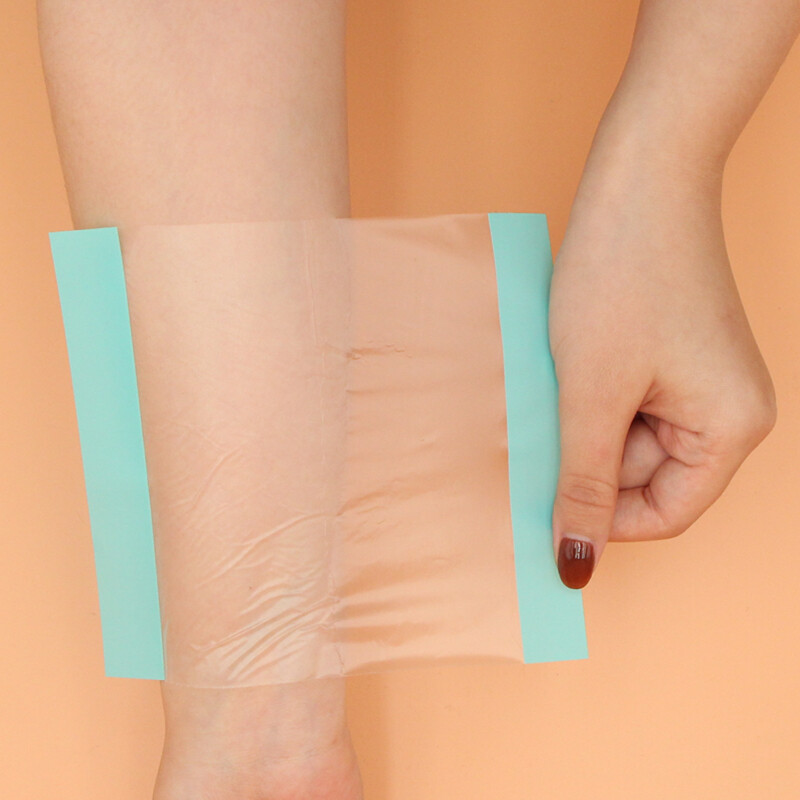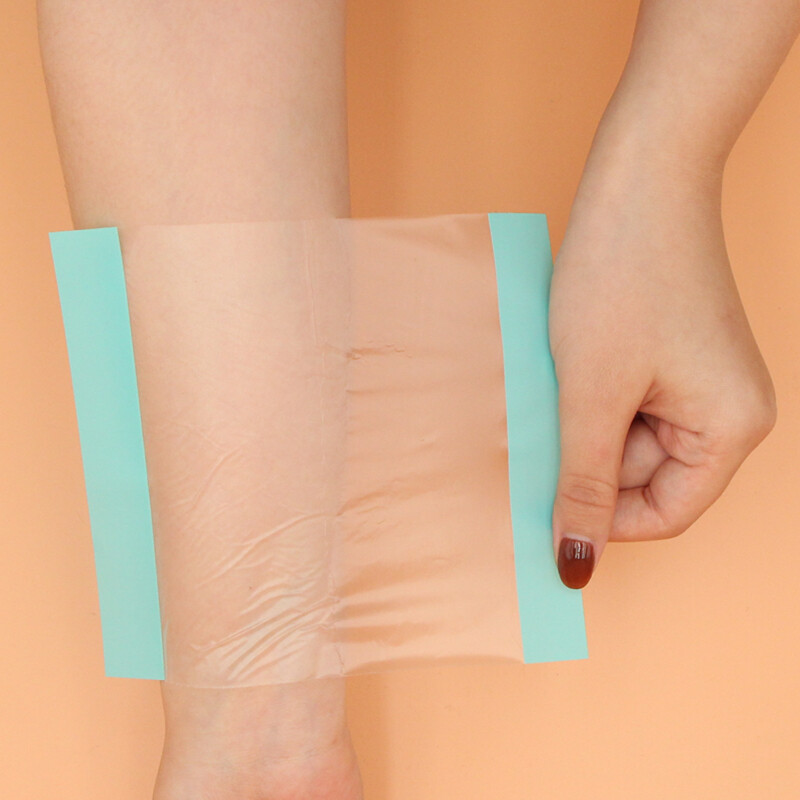Email cannot be empty
Password cannot be empty
Email format error
Email cannot be empty
Email already exists
6-20 characters(letters plus numbers only)
The password is inconsistent
Email format error
Email cannot be empty
Email does not exist
6-20 characters(letters plus numbers only)
The password is inconsistent


The Evolution of Surgical Procedures: How Incise Surgical Drapes are Changing the Game
Surgery has always been a critical aspect of medicine, often seen as the last line of defense against serious medical conditions. Over the centuries, surgical techniques have evolved dramatically, from the rudimentary procedures of ancient civilizations to today’s highly sophisticated and minimally invasive methods. One crucial element in this evolution has been the development of better tools and materials, among which the incise surgical drape stands out as a significant advancement in modern surgery.
The History of Surgical Drapes
To understand the importance of the incise surgical drape, it's essential to first look at the history of surgical drapes in general. The use of drapes during surgery dates back to the 19th century, when antiseptic techniques were first introduced. Before this period, surgeries were often performed in non-sterile environments, leading to high rates of postoperative infections and mortality.
With the introduction of antiseptic surgery by Joseph Lister in the 1860s, the need for sterile environments became apparent. Surgeons began using cloth drapes to create a sterile field around the surgical site, minimizing the risk of infection. These early drapes were made from reusable cotton or linen, which had to be sterilized between uses—a process that was time-consuming and not always foolproof.
As medical science advanced, so did the materials used in surgical drapes. By the mid-20th century, disposable drapes made from synthetic materials began to replace the old cloth versions. These new drapes were more effective at maintaining a sterile field, as they were designed for single use, reducing the risk of cross-contamination. However, while they improved upon earlier designs, these drapes still had limitations, particularly when it came to maintaining a secure, sterile field directly on the patient’s skin.
The Introduction of Incise Surgical Drapes
The invention of the incise surgical drape marked a significant leap forward in surgical safety and efficiency. Unlike traditional drapes, incise surgical drapes are adhesive and are designed to stick directly to the patient’s skin, covering the entire surgical site. This innovation ensures that the sterile field is not just around the surgical area but directly on the patient’s skin, reducing the risk of bacterial migration and infection.
The concept behind incise drapes is simple yet effective. The adhesive backing of the drape secures it in place, preventing it from shifting during surgery. This not only maintains the sterile field but also allows for precise incisions, as the drape moves with the patient’s skin rather than against it. Moreover, incise drapes are typically made from transparent or semi-transparent materials, allowing surgeons to monitor the skin underneath and ensure there are no issues, such as excessive bleeding, that might be obscured by an opaque drape.
Advantages of Incise Surgical Drapes
The benefits of using incise surgical drapes in the operating room are numerous. Some of the key advantages include:
1. Enhanced Sterility
The primary function of any surgical drape is to maintain a sterile field, and incise surgical drapes excel in this area. By adhering directly to the skin, these drapes create a barrier that is difficult for bacteria to penetrate. This reduces the risk of surgical site infections (SSIs), which are a significant concern in hospitals worldwide. According to studies, the use of incise drapes can lower the incidence of SSIs, leading to better patient outcomes and shorter hospital stays.
2. Reduced Movement and Slippage
One of the common challenges with traditional surgical drapes is the potential for them to shift or slip during surgery, which can compromise the sterile field. Incise surgical drapes, with their adhesive properties, stay firmly in place even during long and complex procedures. This stability is crucial for both the surgeon and the patient, as it allows the surgical team to focus on the procedure without worrying about the integrity of the sterile environment.
3. Improved Visibility
The transparent nature of many incise drapes is another significant advantage. Surgeons can monitor the patient’s skin and the surrounding area throughout the procedure, ensuring that there are no complications such as skin discoloration or excessive bleeding. This visibility can be particularly important in surgeries involving delicate tissues or in situations where the patient's condition may change rapidly.
4. Versatility and Ease of Use
Incise surgical drapes are designed to be versatile and easy to use, accommodating a wide range of surgical procedures. They can be cut to size or shaped to fit the specific needs of the surgery, whether it’s a minor incision or a more extensive operation. Additionally, because they are disposable, they simplify the cleanup process, allowing for quicker turnover between surgeries and reducing the workload on hospital staff.
5. Cost-Effectiveness
While incise surgical drapes may have a higher upfront cost compared to traditional drapes, their ability to reduce the incidence of SSIs and other complications can lead to significant cost savings in the long run. Fewer infections mean fewer readmissions, shorter hospital stays, and reduced need for additional treatments, all of which contribute to overall cost savings for healthcare facilities.
Case Studies: Incise Surgical Drapes in Action
To better understand the impact of incise surgical drapes, let’s look at a couple of case studies where these drapes have made a significant difference.
Case Study 1: Cardiac Surgery
In cardiac surgery, maintaining a sterile field is absolutely critical. Even the smallest lapse in sterility can lead to life-threatening infections. A major hospital in Europe conducted a study comparing the use of traditional drapes with incise surgical drapes in open-heart surgeries. The results were striking: the group that used incise drapes had a 30% lower rate of SSIs. Surgeons reported that the drapes stayed securely in place, even during the lengthy and complex procedures typical of cardiac surgery. The study concluded that incise drapes not only improved patient outcomes but also enhanced the efficiency of the surgical team by reducing the need for drape adjustments during surgery.
Case Study 2: Orthopedic Surgery
Orthopedic surgeries, such as joint replacements, are another area where incise surgical drapes have proven their worth. In a large orthopedic center in the United States, surgeons began using incise drapes for knee and hip replacements. The adhesive drapes were found to be particularly beneficial in these surgeries, where maintaining a sterile field over large areas of skin is challenging. The center reported a significant drop in infection rates, from 2.5% to 0.8%, after switching to incise drapes. Additionally, the drapes made it easier for surgeons to make precise incisions, improving the overall success rate of the procedures.
The Future of Surgical Drapes
As medical technology continues to advance, the design and functionality of surgical drapes will likely evolve further. We can expect to see even more specialized incise surgical drapes tailored to specific types of surgery, with enhanced features such as antimicrobial coatings or integrated sensors to monitor the patient’s condition in real time.
One exciting area of development is the potential for smart drapes that could provide feedback to the surgical team about the sterility of the field, or even help in monitoring vital signs through embedded technology. Imagine a future where the drape itself could alert the surgeon if there is a breach in sterility or if the patient’s skin temperature indicates an underlying issue.
Another possibility is the use of biodegradable materials in the production of incise surgical drapes, addressing the growing concern about medical waste. These drapes would offer the same level of protection and sterility while being more environmentally friendly.
Conclusion: A Small Innovation with a Big Impact
In the grand scheme of surgical advancements, the incise surgical drape might seem like a small innovation, but its impact on patient safety and surgical efficiency is profound. By providing a more secure, sterile environment, these drapes have helped reduce the risk of infections, improve surgical outcomes, and even lower healthcare costs.
For surgeons, the use of incise surgical drapes offers peace of mind, allowing them to focus entirely on the procedure at hand. For patients, it means a higher likelihood of a successful surgery and a quicker, safer recovery. As we look to the future, it’s clear that innovations like the incise surgical drape will continue to play a crucial role in the ongoing evolution of surgical care.

